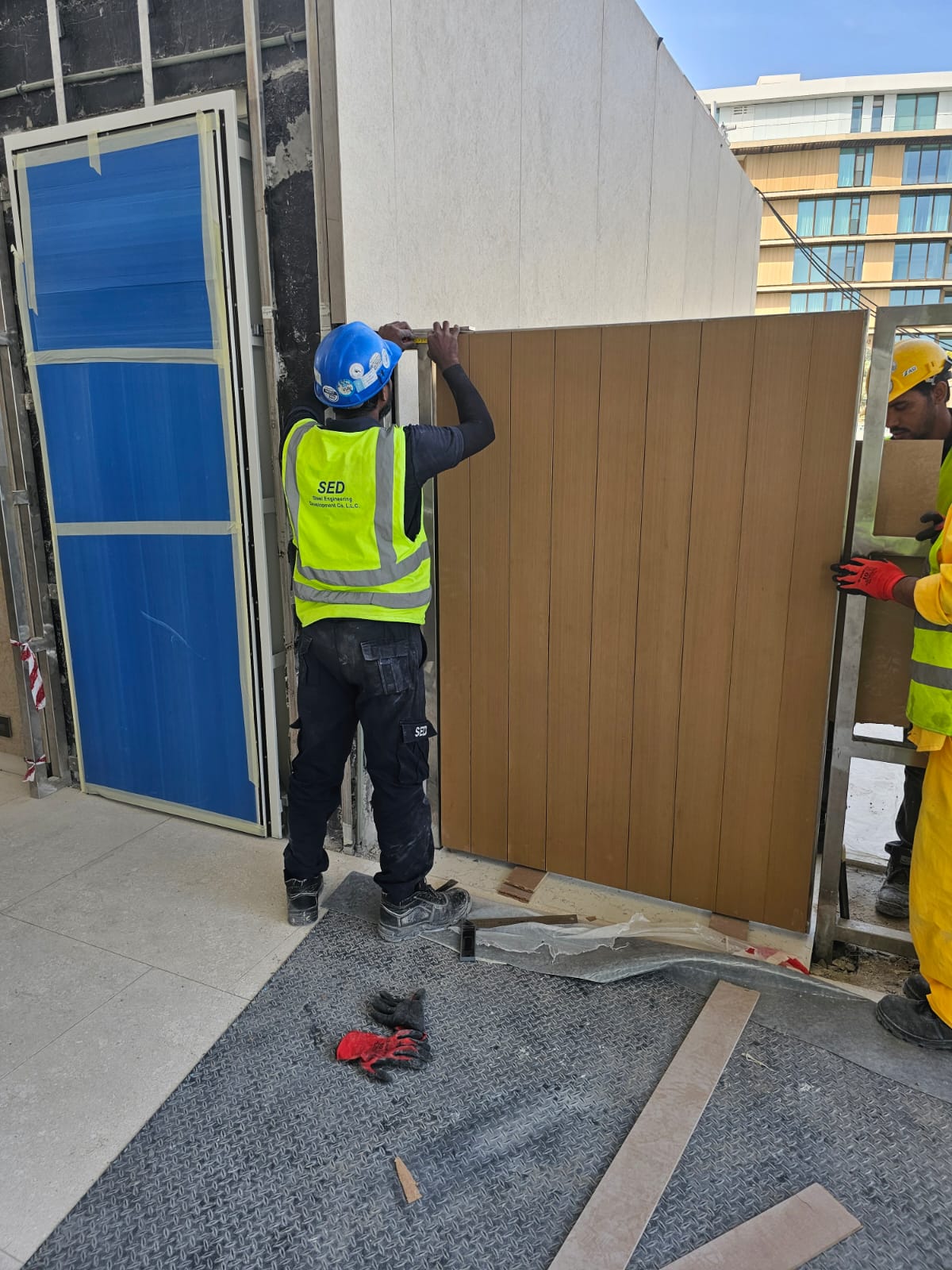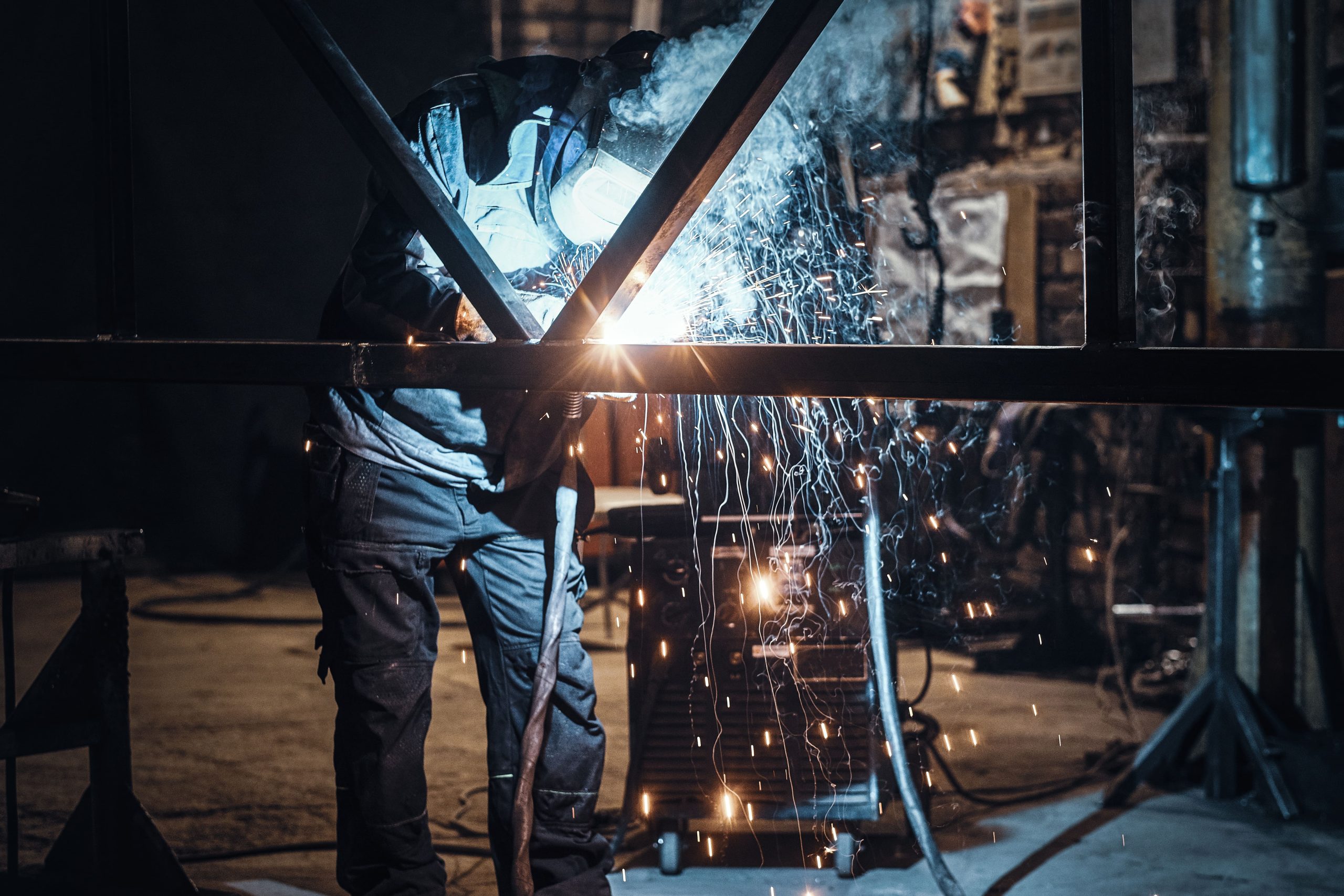Stainless Steel engineering is evolving rapidly, driven by advancements in technology, environmental concerns, and changing industry demands. As we move into 2024, several key trends are shaping the future of this sector. Stainless Steel, long known for its strength, versatility, and durability, is now part of a broader movement towards sustainability and innovation. Below, we explore the most significant trends expected to influence stainless steel engineering in 2024, from green stainless steel production to advanced manufacturing techniques.
Green Stainless Steel: A Sustainable Shift
Reducing Carbon Emissions in Stainless Steel Production
Environmental sustainability is at the forefront of the stainless steel industry, with green stainless steel production becoming a major focus. Traditional stainless steel manufacturing methods, particularly using blast furnaces, contribute significantly to global carbon emissions. In 2024, we can expect the stainless steel industry to shift towards greener alternatives that reduce the environmental impact of stainless steel production.
Hydrogen-Based Stainless Steelmaking
One of the most promising developments is hydrogen-based stainless steelmaking. By using hydrogen as a reducing agent instead of carbon, stainless steel producers can significantly reduce CO2 emissions. Companies like SSAB in Sweden have already made strides in creating fossil-free stainless steel using hydrogen, and this trend will expand globally in 2024 as more manufacturers seek to meet carbon reduction goals.
Recycling Stainless Steel for a Greener Future
Recycling stainless steel is expected to play a crucial role in reducing the industry’s carbon footprint. Stainless Steel is one of the most recyclable materials, and as circular economy principles gain momentum, greater emphasis will be placed on reusing and recycling stainless steel to minimize waste and energy consumption.
Smart Stainless Steel: Digitalization and Industry 4.0
Leveraging Artificial Intelligence and IoT in Stainless Steel Production
Digital transformation is revolutionizing stainless steel engineering. Industry 4.0 technologies like artificial intelligence (AI), the Internet of Things (IoT), and big data analytics are enhancing efficiency and precision in stainless steel production. In 2024, smart stainless steel plants will leverage these technologies to optimize manufacturing processes, predict equipment failures, and reduce waste.
Digital Twins for Improved Efficiency
Moreover, digital twins—virtual models that replicate physical stainless steel plants—will become more prevalent. These digital representations allow engineers to simulate processes, test new designs, and predict the outcomes of adjustments without disrupting actual operations. This enhances efficiency and reduces the risk of errors, making stainless steel production more cost-effective.
Advanced Stainless Steel Alloys: Meeting New Challenges
High-Strength Low-Alloy Stainless Steels (HSLA) and Advanced High-Strength Stainless Steel (AHSS)
As industries such as automotive, aerospace, and construction continue to demand stronger, lighter, and more durable materials, stainless steel engineering is responding with the development of advanced stainless steel alloys. In 2024, there will be increased use of high-strength, low-alloy (HSLA) stainless steels and other advanced materials that provide enhanced corrosion resistance, tensile strength, and weldability. These alloys meet the structural demands of modern engineering while aligning with sustainability goals.
Stainless Steel’s Role in Lightweighting
Industries like automotive and aerospace will continue to turn to lightweight stainless steel alloys to reduce vehicle weight and improve fuel efficiency. Advanced high-strength stainless steel (AHSS) will play a pivotal role in reducing weight without sacrificing safety or durability.
3D Printing and Stainless Steel: The Rise of Additive Manufacturing
Additive Manufacturing’s Role in Custom Stainless Steel Components
Additive manufacturing, commonly known as 3D printing, is rapidly gaining ground in the stainless steel industry. Traditionally associated with plastics and polymers, 3D printing technologies have advanced to accommodate metals like stainless steel. In 2024, 3D printing will play a more prominent role in creating custom stainless steel components, particularly in industries like construction and automotive.
Benefits of 3D Printing Stainless Steel
The ability to produce lightweight, high-strength stainless steel parts with intricate geometries, while minimizing material waste, is one of the key advantages of 3D printing. This not only increases efficiency but also allows for faster prototyping, reducing the time to market for new products.
Modular Construction with Stainless Steel
Prefabrication and Assembly in Urban Construction
The construction industry is increasingly adopting modular construction methods, where buildings are prefabricated off-site and assembled on-site. Stainless Steel is a key material in this trend due to its strength, durability, and ease of fabrication. In 2024, modular construction using stainless steel will gain more traction, particularly in urban areas where space is limited and demand for rapid construction is high.
Stainless Steel’s Versatility in Modular Design
Stainless Steel’s versatility makes it ideal for modular construction, as it can be easily customized to meet the specific requirements of different projects. Moreover, modular stainless steel construction is more environmentally friendly than traditional building methods, generating less waste and requiring fewer resources.
Lightweighting and Stainless Steel: Efficiency in Transport
Ultra-High-Strength Stainless Steels (UHSS) for Fuel Efficiency
The transportation industry faces growing pressure to reduce emissions and improve fuel efficiency. Stainless Steel engineering is contributing to these efforts through the development of ultra-high-strength stainless steels (UHSS) and advanced manufacturing techniques. These materials allow manufacturers to use less stainless steel without sacrificing strength, making vehicles lighter and more fuel-efficient.
Application of Lightweight Stainless Steel in Multiple Industries
Lightweight stainless steel solutions are being applied across industries, from automotive to aerospace and rail. In 2024, engineers will continue to explore ways to reduce the weight of transportation vehicles, contributing to lower fuel consumption and reduced environmental impact.
Robotics and Automation in Stainless Steel Engineering
Enhancing Precision and Safety in Production
Automation is not a new concept in stainless steel engineering, but the integration of robotics is expected to reach new heights in 2024. Robotics is increasingly important in various stages of stainless steel production, from handling and assembling to welding and inspection. The use of robots is improving precision, reducing human error, and enhancing safety in stainless steel plants.
Collaborative Robots (Cobots) in Stainless Steel Production
Additionally, collaborative robots (cobots) are becoming more common. Cobots work alongside human workers, augmenting their capabilities and allowing for more flexible production processes. As automation continues to evolve, productivity and safety across the stainless steel industry will improve significantly.
Decarbonization and Energy Efficiency
Reducing Energy Consumption with Electric Arc Furnaces
The stainless steel industry is one of the largest consumers of energy globally. In 2024, there will be a continued focus on decarbonization and energy efficiency. Electric arc furnaces (EAFs), which use electricity to melt recycled stainless steel, are becoming more popular as an energy-efficient alternative to traditional blast furnaces.
Renewable Energy in Stainless Steel Production
Additionally, stainless steel manufacturers are increasingly exploring renewable energy sources such as wind and solar power to reduce their reliance on fossil fuels. By integrating renewable energy into their operations, stainless steel plants can significantly lower their carbon footprint.
Conclusion
The future of stainless steel engineering in 2024 is bright, with a focus on sustainability, innovation, and digitalization. From green stainless steel production and advanced alloys to the rise of 3D printing and automation, the stainless steel industry is undergoing a transformation that will shape the future of construction, manufacturing, and transportation. As these trends continue to evolve, stainless steel will remain a cornerstone of modern engineering, adapting to meet the challenges of a rapidly changing world.



